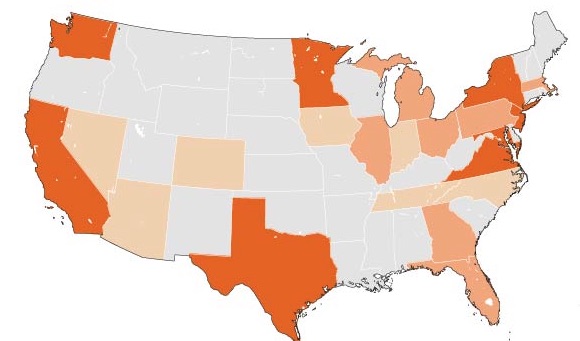The 2010 Census Questionnaire: Seven Questions for Everyone
(2009) The 2010 Census questionnaire will be sent to every housing unit in the country.
(2009) The 2010 Census questionnaire will be sent to every housing unit in the country.
Vaccines are one of the simplest, most cost-effective tools to improve public health. Vaccine-preventable diseases can lead to illness, disfigurement, and disability, and remain a substantial cause of death for young children.
(2007) Provisional results of the 2006 census in Nigeria show that Kano in the north is Nigeria's most populous state (9.4 million), followed by Lagos (9.0 million) in the south. Northern states account for 75 million people, while the southern states are home to 65 million. The total population was 140 million.
(2011) The 2004 hurricane season was the worst in Florida's history. Four hurricanes caused $45 billion in damages and widespread population displacement.

(2020) The world is better equipped to fight a pandemic today than it was in 1918, when influenza swept the globe and infected up to one-third of the world’s population.1 While science and medical advances have given us new advantages in fighting disease, some demographic trends since 1918 may increase the risk for spreading contagions and our vulnerability to viruses.
(2008) Research has shown that growing up in poverty leads to negative health, social, and economic consequences for children that often continue in adulthood.

(2016) Although FGM/C is most prevalent in sub-Saharan Africa, global migration patterns have increased the risk of FGM/C among women and girls living in developed countries, including the United States, according to PRB analysis published February 2015.